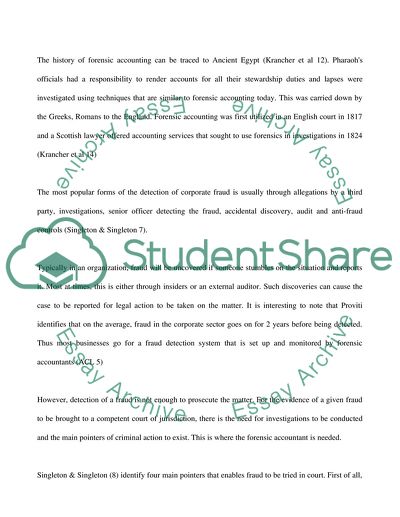Cite this document
(“Forensic Accountants: In the Fight Against the Misuse of Technology Term Paper”, n.d.)
Forensic Accountants: In the Fight Against the Misuse of Technology Term Paper. Retrieved from https://studentshare.org/finance-accounting/1580332-forensic-accountants-in-the-fight-against-the-misuse-of-technology
Forensic Accountants: In the Fight Against the Misuse of Technology Term Paper. Retrieved from https://studentshare.org/finance-accounting/1580332-forensic-accountants-in-the-fight-against-the-misuse-of-technology
(Forensic Accountants: In the Fight Against the Misuse of Technology Term Paper)
Forensic Accountants: In the Fight Against the Misuse of Technology Term Paper. https://studentshare.org/finance-accounting/1580332-forensic-accountants-in-the-fight-against-the-misuse-of-technology.
Forensic Accountants: In the Fight Against the Misuse of Technology Term Paper. https://studentshare.org/finance-accounting/1580332-forensic-accountants-in-the-fight-against-the-misuse-of-technology.
“Forensic Accountants: In the Fight Against the Misuse of Technology Term Paper”, n.d. https://studentshare.org/finance-accounting/1580332-forensic-accountants-in-the-fight-against-the-misuse-of-technology.


